Full text
PDF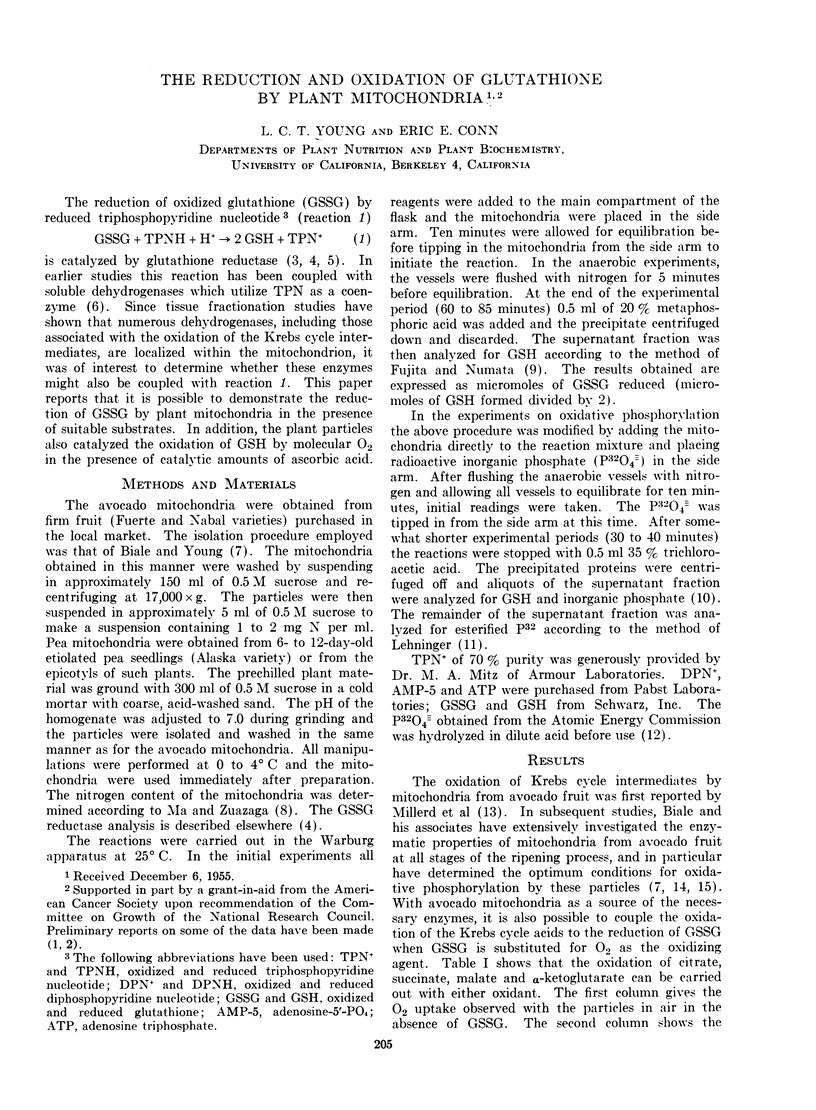
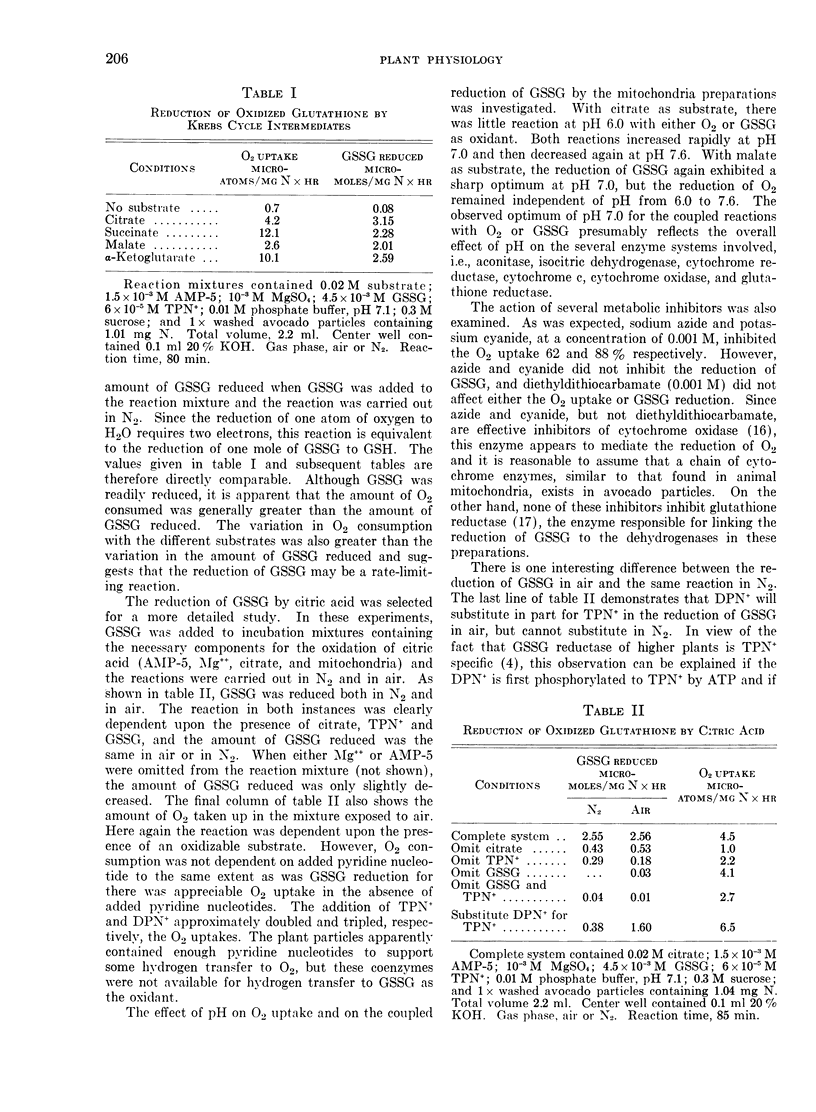


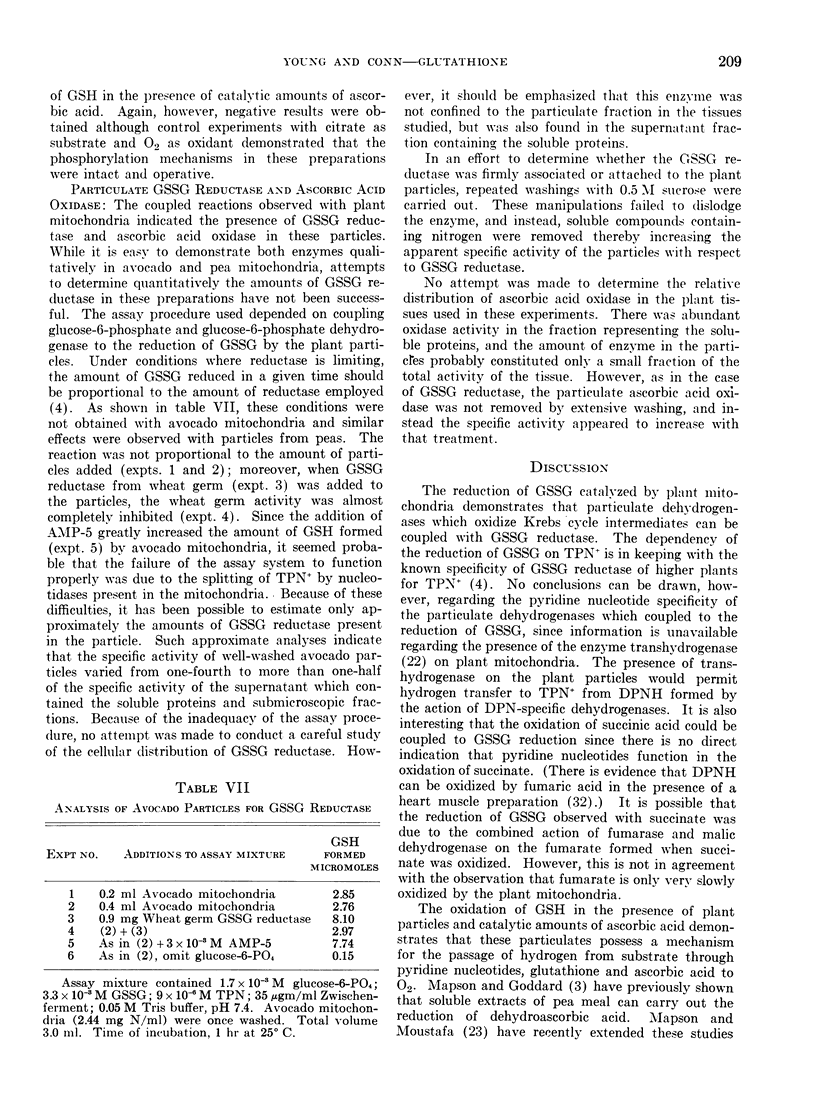
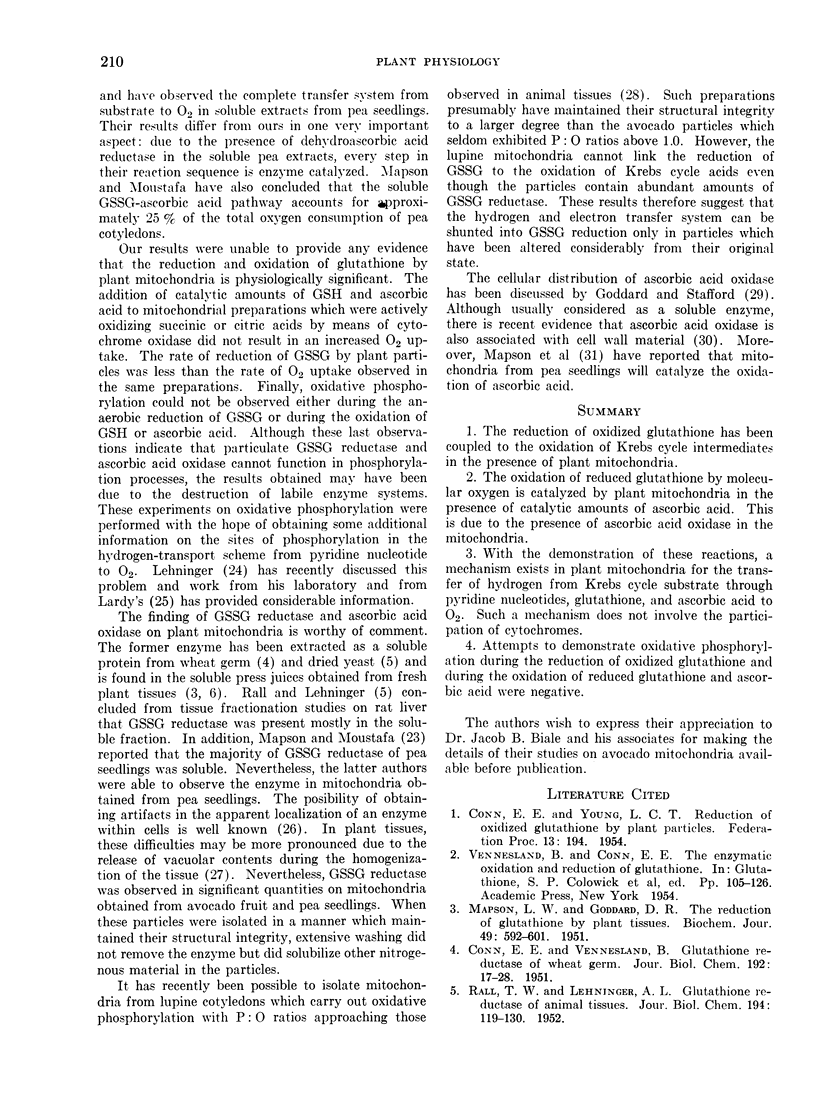
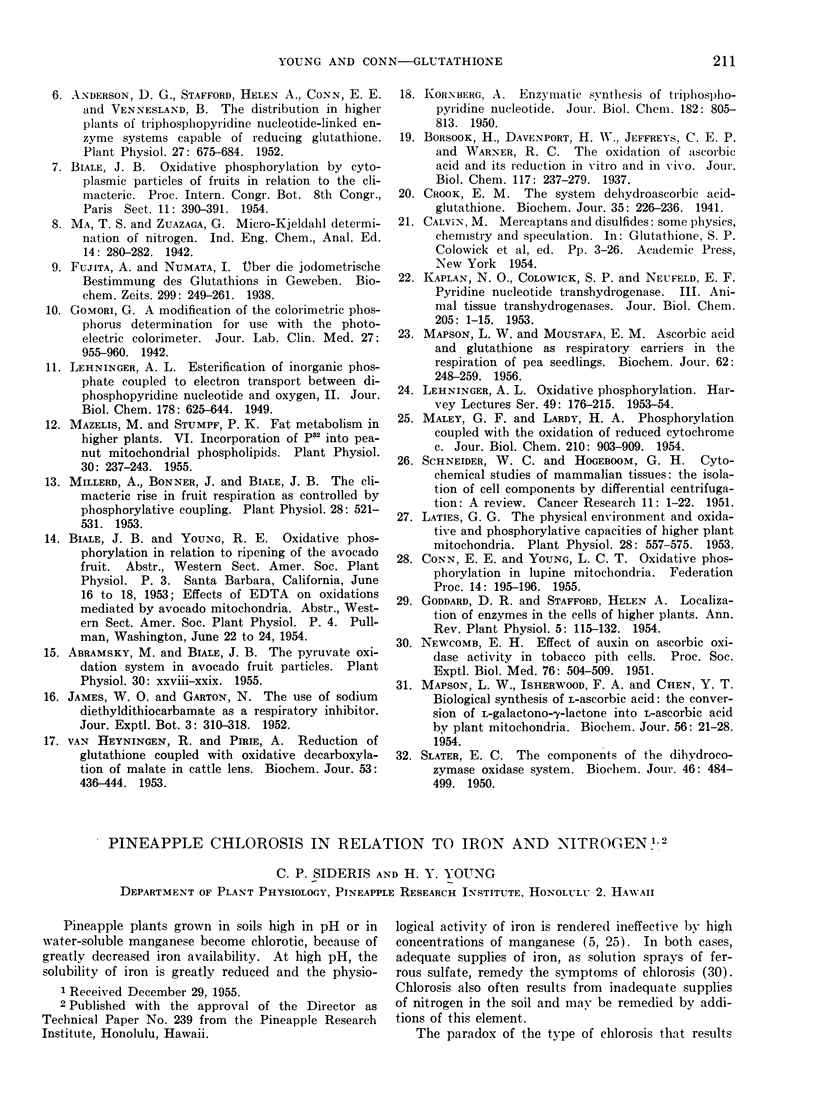
Selected References
These references are in PubMed. This may not be the complete list of references from this article.
- Anderson D. G., Stafford H. A., Conn E. E., Vennesland B. THE DISTRIBUTION IN HIGHER PLANTS OF TRIPHOSPHOPYRIDINE NUCLEOTIDE-LINKED ENZYME SYSTEMS CAPABLE OF REDUCING GLUTATHIONE. Plant Physiol. 1952 Oct;27(4):675–684. doi: 10.1104/pp.27.4.675. [DOI] [PMC free article] [PubMed] [Google Scholar]
- CONN E. E., VENNESLAND B. Glutathione reductase of wheat germ. J Biol Chem. 1951 Sep;192(1):17–28. [PubMed] [Google Scholar]
- Crook E. M. The system dehydroascorbic acid-glutathione. Biochem J. 1941 Mar;35(3):226–236. doi: 10.1042/bj0350226. [DOI] [PMC free article] [PubMed] [Google Scholar]
- KAPLAN N. O., COLOWICK S. P., NEUFELD E. F. Pyridine nucleotide transhydrogenase. III. Animal tissue transhydrogenases. J Biol Chem. 1953 Nov;205(1):1–15. [PubMed] [Google Scholar]
- LEHNINGER A. L. Oxidative phosphorylation. Harvey Lect. 1953;49:176–215. [PubMed] [Google Scholar]
- Laties G. G. The Physical Environment and Oxidative and Phosphorylative Capacities of Higher Plant Mitochondria. Plant Physiol. 1953 Oct;28(4):557–575. doi: 10.1104/pp.28.4.557. [DOI] [PMC free article] [PubMed] [Google Scholar]
- MALEY G. F., LARDY H. A. Phosphorylation coupled with the oxidation of reduced cytochrome c. J Biol Chem. 1954 Oct;210(2):903–909. [PubMed] [Google Scholar]
- MAPSON L. W., GODDARD D. R. The reduction of glutathione by plant tissues. Biochem J. 1951 Oct;49(5):592–601. doi: 10.1042/bj0490592. [DOI] [PMC free article] [PubMed] [Google Scholar]
- MAPSON L. W., ISHERWOOD F. A., CHEN Y. T. Biological synthesis of L-ascorbic acid: the conversion of L-galactono-gamma-lactone into L-ascorbic acid by plant mitochondria. Biochem J. 1954 Jan;56(1):21–28. doi: 10.1042/bj0560021. [DOI] [PMC free article] [PubMed] [Google Scholar]
- MAPSON L. W., MOUSTAFA E. M. Ascorbic acid and glutathione as respiratory carriers in the respiration of pea seedlings. Biochem J. 1956 Feb;62(2):248–259. doi: 10.1042/bj0620248. [DOI] [PMC free article] [PubMed] [Google Scholar]
- Mazelis M., Stumpf P. K. Fat Metabolism in Higher Plants. VI. Incorporation of P into Peanut Mitochondrial Phospholipids. Plant Physiol. 1955 May;30(3):237–243. doi: 10.1104/pp.30.3.237. [DOI] [PMC free article] [PubMed] [Google Scholar]
- Millerd A., Bonner J., Biale J. B. The Climacteric Rise in Fruit Respiration as Controlled by Phosphorylative Coupling. Plant Physiol. 1953 Jul;28(3):521–531. doi: 10.1104/pp.28.3.521. [DOI] [PMC free article] [PubMed] [Google Scholar]
- NEWCOMB E. H. Effect of auxin on ascorbic oxidase activity in tobacco pith cells. Proc Soc Exp Biol Med. 1951 Mar;76(3):504–509. doi: 10.3181/00379727-76-18538. [DOI] [PubMed] [Google Scholar]
- RALL T. W., LEHNINGER A. L. Glutathione reductase of animal tissues. J Biol Chem. 1952 Jan;194(1):119–130. [PubMed] [Google Scholar]
- SCHNEIDER W. C., HOGEBOOM G. H. Cytochemical studies of mammalian tissues; the isolation of cell components by differential centrifugation: a review. Cancer Res. 1951 Jan;11(1):1–22. [PubMed] [Google Scholar]
- SLATER E. C. The components of the dihydrocozymase oxidase system. Biochem J. 1950 Apr;46(4):484–499. doi: 10.1042/bj0460484. [DOI] [PMC free article] [PubMed] [Google Scholar]
- VAN HEYNINGEN R., PIRIE A. Reduction of glutathione coupled with oxidative decarboxylation of malate in cattle lens. Biochem J. 1953 Feb;53(3):436–444. doi: 10.1042/bj0530436. [DOI] [PMC free article] [PubMed] [Google Scholar]


